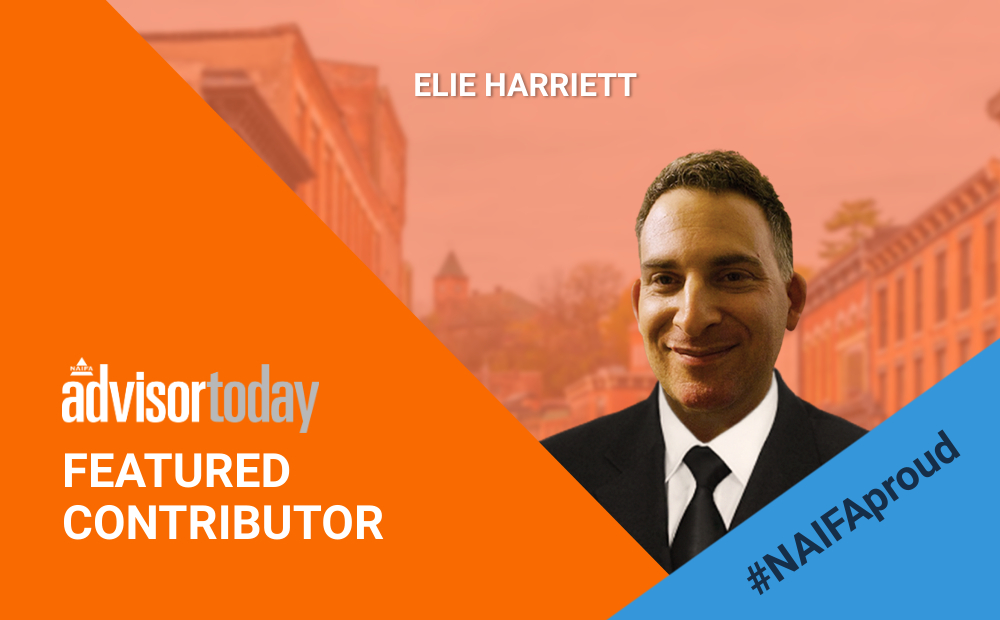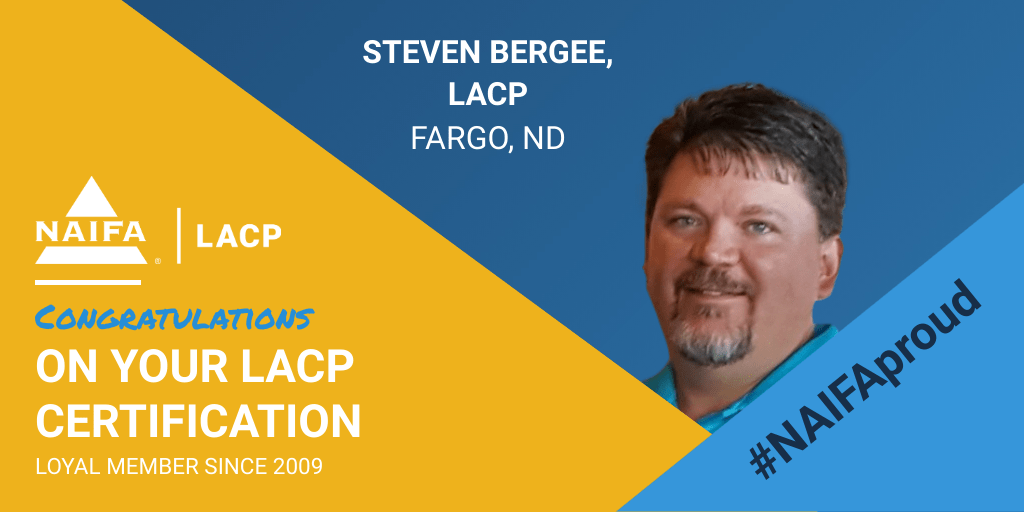When do we meet? When I was first starting, that question was music to my ears. It means the prospect was comfortable enough with me that we could sit down in person and I could potentially close the sale. But time marched on and technology changed, meaning it was no longer necessary to make a sale in front of everyone I spoke with. And as the generations changed, the desire, no, the need to meet clients to make the sale eye to eye has diminished.
Over time, as it does with most insurance brokers, our meetings began being split between making new sales and servicing our clients. Soon, some of our in-person visits with our existing clients became requests for just phone calls, or emails, while others, who had never met us, would like an occasional stop-in just to see us and put a face to the voice. This was all fine. After all, we are in the people-connecting business.
And then COVID hit. Suddenly, all in-person meets ended and we were doing everything over the phone and via the internet.
Now it is a year later, and our busy time fast approaches. It is time to reevaluate how we are going to conduct our business. Do we meet in person, or virtually? This has become one of our chief operation concerns for 2021. Our clients are pretty spread out in age, but the general range of most is between 65 and 78. So how do we interact with our clients in an age where personal interaction is still the preferred method for many?
The easiest method is to simply ask. Some clients, new and existing, have preferred ways to do business. With older clients, some are more willing to adapt to change than others. Most, when you ask a simple question such as, “how do you prefer to meet this year, virtually or in-person?” simply reply with, “it doesn’t matter,” or, “whatever way is easiest for you.” We’ll get back to those people in a moment. But some have specific preferences. For those that choose an in-person option, we’ve had to question further. Most importantly, do they want an in-person meeting due to either mental health issues or medical issues, such as not being able to get around easily, see the paperwork well, hear over the phone clearly. Those people are automatic visitations. No question. We have notations in our office of people who almost always need a visit to make sure they understand the coverage they have and whether or not they need in-person guidance to walk through any changes.
For the other clients who request in-person visits, we’ve taken to offering phone calls or video chats (if the client is comfortable with that) as convenient alternatives. A large number of clients and prospects, especially our older set, simply did not realize we can now work that way. As most of our clients are 60+, when I say older set, I am referring to a marked difference in technology adoption between 60-79 and 80+.
Most people, when you ask them a point-blank question like, “how do you prefer we meet” simply do not care. For them, we probe further. The first question is, “Are you comfortable with email?” Our intent is not to send them something at first, but this gives us insight into whether or not they have a basic comfort level with technology. Almost everyone has an email account these days. It is almost as ubiquitous as a telephone was 50 years ago. But that doesn’t mean everyone uses email as a regular part of their life. And if they do not use email, then any electronic forms we wish to send simply will not get completed without a great deal of hardship to the client, and they definitely won’t get read or understood. So if we don’t get a firm “yes,” then we know a FaceTime, Skype, or Zoom call will not be the best way to approach them. If they say, “yes,” then we make those options plus a phone call option available to them, and we know electronic applications are fine.
For those that are not comfortable with email, we have two choices: phone calls or in person. And simply due to time constraints, we will offer the phone call first and let them know if there is anything they need to sign, they will receive it in the mail. If they aren’t comfortable with that, or we get a feeling that it isn’t a strong “OK” when we tell them that, then it is an in-person meet. When we say, “you know what, why don’t we just meet in person anyway,” and we hear a sigh of relief from them, we know we made the right choice.
This method has significantly reduced the amount of in-person visitations we must do each year. While it doesn’t eliminate them, it helps us weed out those who are OK with distance sales. Technology marches along, but it isn’t our place to force the clients to adapt to it. We have to work with them in ways they can understand. And by having different methods of working with our clients, especially older ones, while still trying to make the best use of our time, we can see the people who need us the most. This way we can have all clients, regardless of choice of meeting understand the benefits of what they are buying.









.png?width=300&height=600&name=Tax%20Talk%20Graphic%20-%20email%20tower%20(300%20x%20600%20px).png)
